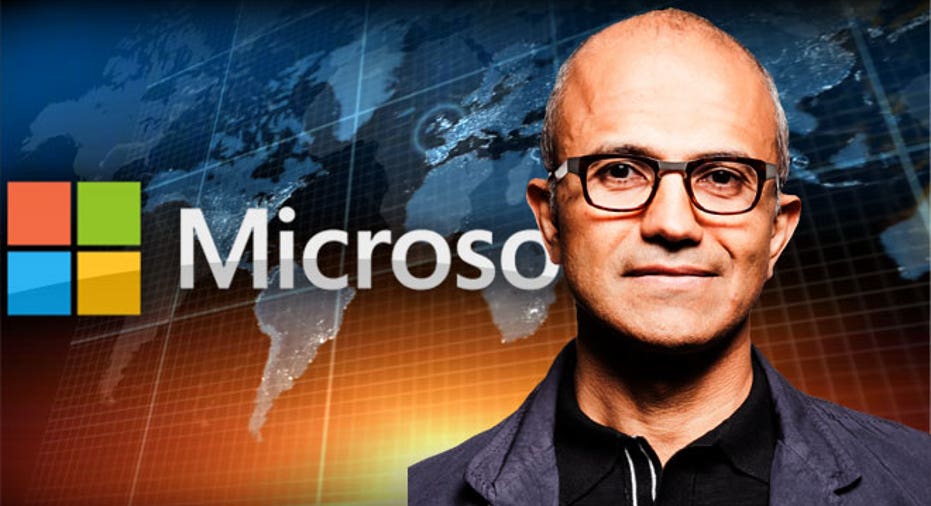Why Microsoft Bet Big on LinkedIn

There’s an old saying, “The two best days in a boat owner’s life are the day he buys it and the day he sells it.” The same can be said of marriages … and most tech acquisitions, for that matter. It’s all rainbows and unicorns until the sad realization that, what seemed like a good idea at the time, was not.
Will that happen between LinkedIn and Microsoft, which announced its intent to acquire the professional network for $26.2 billion in cash yesterday? Good question.
As mergers go, this one didn’t exactly jump out at me as a match made in heaven or a “What the hell are they thinking?” sort of thing. This is more of a thinking man’s acquisition. Having thought about it, I can definitely see the attraction for LinkedIn, but for the software giant, the equation is a bit more nuanced.
LinkedIn has struggled with profitability for the past couple of years, which kept its share price sort of range bound. Then revenue growth hit a wall last quarter and the stock tanked, losing half its value practically overnight. Microsoft’s offer essentially erased that event as if it had never happened.
Besides, Jeff Weiner’s email to employees makes the CEO’s motives clear: “Imagine a world where we're no longer looking up at Tech Titans such as Apple, Google, Microsoft, Amazon, and Facebook, and wondering what it would be like to operate at their extraordinary scale -- because we're one of them.” And so on.
Just so we’re clear, when he says, “Tech Titans such as …” and rattles off that list, he means “Facebook.” Weiner apparently has Facebook envy. And since Microsoft boss Satya Nadella structured the deal so Weiner would continue to run LinkedIn as an independent company, that sort of made it a no-brainer.
As for why Nadella is ponying up all that cash in what is far and away the biggest acquisition in the Redmond company’s history, that’s where the nuance comes in. LinkedIn’s customers essentially use the site in three distinct ways, corresponding to three distinct business purposes:
Talent acquisition. Most of the Silicon Valley company’s revenues come from a service that helps corporate recruiters identify candidates. Would this be beneficial to Microsoft’s corporate customers? Since talent is increasingly hard to come by, that’s a big fat “yes.”
Peer-to-peer connections. Cheapos like me spend zilch to post our resumes but many if not most users pay a subscription fee for premium services to help them connect and sell. Microsoft has productivity down pat, but connectivity is a gap that Nadella would like to fill.
Business content. Practically everyone in business posts content on LinkedIn, from your local handyman to Bill Gates. Whether being one of the 100 million “thought leaders” on Earth really benefits your career or business is another matter entirely. Some ad revenue aside, this is probably the least important of the three.
If you look at Microsoft’s ongoing transition from selling client-based software that everyone needs to cloud-based services that customers want, that’s necessitated a cultural shift from a company used to shoving software down customers’ throats to one focused on bringing value to its corporate clients.
Evidently, Nadella thinks that integrating LinkedIn’s services with its own – Office 365, in particular – will add value and help differentiate it from cloud computing competitors like Amazon, Google and yes, even Apple. Worst case, it will save customers a click or two as they shift back and forth between productivity and connectivity tools.
Whether that’s worth the price tag remains to be seen. In any case, it does highlight an aspect of Nadella that I truly admire: he doesn’t do things in half measures. He’s either all in or not. And one thing’s for sure. He’s betting big that LinkedIn integration will benefit Microsoft’s customers in terms of talent, connectivity and content in a big way.



















